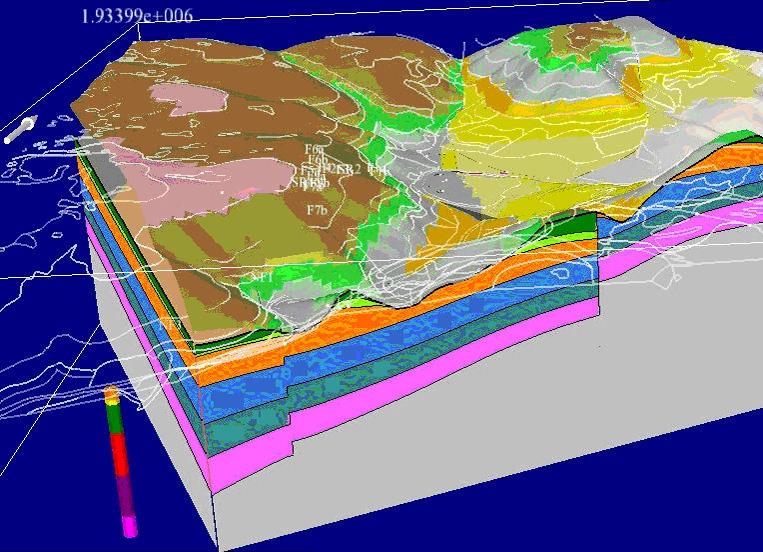For over 50 years, BRGM has been capitalising on information about the 1900 mineral water springs in France, of which 700 are exploited.
These geological, hydrological, physico-chemical, technical, historical and regulatory data make up a corpus of information which is widely used by government departments, local authorities and economic operators.
Fifty years of scientific expertise
The scientific expertise and research facilities of the BRGM, which runs a “mineral water” agency in Montpellier, are in regular demand from operators in the sector to further knowledge on mineral water resources and help to define optimum conditions for their abstraction.
Multidisciplinary research in partnership with the Nestlé Group
In partnership with the Nestlé Group, BRGM recently piloted a multidisciplinary research project aiming to better understand, describe and characterise the Quézac carbonated water resource in the Lozère département, which produces over 70 million bottles a year.
The target is to develop a digital model to simulate different strategic scenarios for the site's operation.
A 3-D model of the Quézac site
The project, conducted by hydrogeologists, geochemists and modelling engineers and backed by the BRGM's accumulated and recently acquired knowledge on local and regional geology and hydrogeology, produced a 3-D digital model of the site and reconstructed its operations, in particular as regards the conditions of mineral water flows and the importance of faults in the transfer of mineral elements and gases from the bedrock.
Improved site operation
Now that the Quézac resource has been better described in terms of the aquifer itself as well as the formation and nature of its water, relevant investments can be made to guarantee long-term use under conditions that comply with health standards, regulatory requirements and economic demands.








